Home>Garden Essentials>Where Can I Get Free Dirt For Landscaping
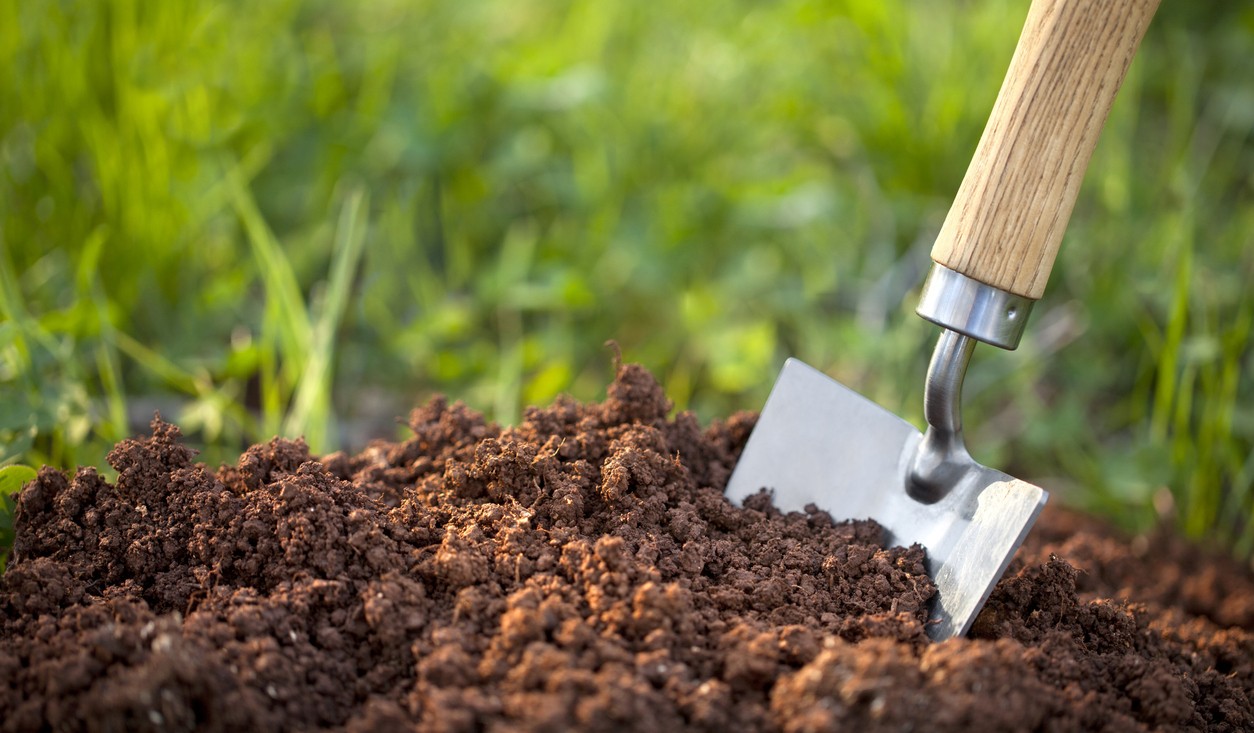

Garden Essentials
Where Can I Get Free Dirt For Landscaping
Modified: October 20, 2024
Looking to add some greenery to your garden? Discover where you can find free dirt for landscaping, perfect for your gardening projects.
(Many of the links in this article redirect to a specific reviewed product. Your purchase of these products through affiliate links helps to generate commission for Storables.com, at no extra cost. Learn more)
Introduction
Welcome to the world of landscaping, where creativity meets nature. If you’re embarking on a landscaping project, you may be wondering where you can find free dirt to bring your vision to life. Landscaping dirt is an essential component for creating healthy and vibrant gardens, flower beds, and lawns. Fortunately, there are numerous sources available that can provide you with the free dirt you need.
Using free dirt for landscaping offers several benefits. Firstly, it can significantly reduce the overall cost of your project. Landscaping materials, including soil, can quickly add up, so by obtaining free dirt, you can save money and allocate your budget towards other aspects of your project.
Secondly, using free dirt is an environmentally friendly option. Rather than purchasing new soil, you are reusing existing resources, which helps reduce waste and minimize the demand for new materials.
Lastly, using free dirt gives you the opportunity to connect with your community. Many sources of free dirt involve interacting with local businesses, construction sites, or neighbors, allowing you to build relationships and foster a sense of camaraderie.
In this article, we will explore various sources where you can obtain free dirt for landscaping projects. Whether you need a small amount of soil for a flower bed or a large volume for a complete yard overhaul, these sources can provide you with the dirt you need to transform your outdoor space.
Key Takeaways:
- You can get free dirt for landscaping from sources like construction sites, excavation companies, and local farms. It’s a cost-effective and eco-friendly way to enhance your outdoor space.
- Consider factors like soil quality, quantity, and safety when obtaining free dirt. Show appreciation to the providers and enjoy the process of creating a vibrant landscape while saving costs.
Read more: Where Can I Get Free Rocks For Landscaping
The Benefits of Using Free Dirt for Landscaping
Using free dirt for landscaping projects can offer several advantages that go beyond cost savings. Here are some key benefits to consider:
- Cost Savings: One of the most significant advantages of using free dirt is the cost savings. Landscaping materials, including soil, can be expensive, especially if you require large quantities. By sourcing free dirt, you can allocate your budget to other elements of your project, such as plants, hardscaping features, or professional labor.
- Reduced Environmental Impact: Opting for free dirt is an eco-friendly choice. Instead of purchasing new soil, you’re reusing existing resources. This helps minimize waste and reduces the need for production and transportation of new landscaping materials. By repurposing free dirt, you’re contributing to a more sustainable and environmentally conscious approach to landscaping.
- Improved Soil Quality: Free dirt can provide a boost to the quality of your soil. Many sources of free dirt may include nutrient-rich topsoil, which is essential for plant growth. By incorporating this free dirt into your landscaping projects, you can enhance the fertility and overall health of your garden beds or lawns, resulting in robust plant growth and vibrant landscapes.
- Opportunity for Community Engagement: Obtaining free dirt often involves engaging with local businesses, construction sites, or neighbors. This presents an opportunity to connect with your community and build relationships. You might be able to collaborate with local farmers, construction workers, or gardening enthusiasts to exchange knowledge, resources, or even additional landscaping materials.
- Flexibility in Design: With free dirt, you have the flexibility to experiment with different landscaping ideas without the fear of wasting expensive materials. You can create new garden beds, reshape existing ones, or level out uneven areas with ease. Free dirt allows you to be more adventurous in your designs and test out various layouts and planting arrangements.
Overall, using free dirt for landscaping projects offers tangible benefits in terms of cost savings, environmental impact, soil quality improvement, community engagement, and design flexibility. Now that we understand the advantages, let’s explore some sources where you can find free dirt for your landscaping endeavors.
Sources of Free Dirt for Landscaping
When it comes to finding free dirt for your landscaping projects, there are several sources you can explore. Here are some common sources where you can obtain free dirt:
- Construction Sites: Construction sites are a great place to start when looking for free dirt. Many construction projects involve excavation or digging, which often results in excess soil. Reach out to construction companies or contractors in your area and inquire whether they have any available dirt that they are willing to give away.
- Excavation Companies: Excavation companies regularly deal with soil removal as part of their operations. Contact local excavation companies and ask if they have any surplus dirt that they can provide for your landscaping needs.
- Local Farms or Agriculture Centers: Farms and agriculture centers may generate excess soil when preparing their land for planting or other agricultural activities. Contact nearby farmers or agricultural centers and inquire about their available free dirt.
- Online Platforms and Social Media Groups: Utilize online platforms and social media groups to connect with individuals or businesses offering free dirt. Websites like Freecycle or community Facebook groups are excellent resources for finding free dirt in your local area.
- Municipal Solid Waste Centers: Municipal solid waste centers or recycling facilities often have designated areas where residents can drop off or collect free dirt. Contact your local waste management department to inquire about the availability and procedures for obtaining free dirt at these centers.
- Gardening or Landscaping Centers: Some gardening or landscaping centers may have excess soil or discarded bags of dirt that they are willing to give away for free. Visit these centers or contact them directly to check if they have any available free dirt.
- Residential Renovation or Construction Projects: If there are renovation or construction projects happening in your neighborhood, there may be opportunities to acquire free dirt. Contact the homeowners or contractors involved and inquire about their plans for soil disposal. They may be willing to let you collect the dirt for your landscaping needs.
- Municipal Public Works Departments: Public works departments in your local municipality may collect and offer free dirt to residents. Check with them to see if they have any programs in place for distributing free dirt.
- Contacting Local Landscaping or Construction Companies: Similar to construction sites, landscaping and construction companies may have excess dirt from various projects. Reach out to these companies and see if they have any free dirt available. Networking with professionals in the field can also provide valuable insights and potential leads for free dirt.
- Craigslist or Freecycle: Online classified platforms like Craigslist or Freecycle often have listings for free soil or dirt. Keep an eye on these platforms for any postings in your area.
- Neighbors and Community Members: Last but not least, don’t forget to reach out to your neighbors and community members. They might have excess dirt from their own landscaping projects or be aware of other sources where you can find free dirt.
Each of these sources can potentially provide you with the free dirt you need for your landscaping projects. Take some time to explore these options and connect with local businesses and individuals to secure your free dirt. However, it’s important to exercise caution and make sure that the dirt you acquire is suitable for your specific landscaping needs. In the next section, we’ll discuss some factors to consider when obtaining free dirt for your projects.
Construction Sites
Construction sites are often a goldmine for free dirt when it comes to landscaping projects. Construction projects involve digging and excavation, which results in excess soil that needs to be disposed of or repurposed. Here’s how you can get free dirt from construction sites:
- Research and Identify Construction Sites: Look for ongoing construction projects in your area. These can range from residential developments to commercial buildings or infrastructure projects. Keep an eye out for signs indicating upcoming construction or search online for construction projects in progress.
- Contact the Construction Site: Once you’ve identified a construction site, reach out to the construction company or contractor responsible for the project. Look for contact information on signs or search for the company’s website online. Call or email them to inquire if they have any excess dirt that they are willing to give away.
- Explain Your Landscaping Needs: When contacting the construction site, clearly explain your landscaping project and the amount of dirt you require. Provide details about the types of plants, garden beds, or lawn areas you plan to create. This will help the construction company assess whether they have suitable dirt and the quantity you need.
- Coordinate Pickup or Delivery: If the construction site has available dirt, coordinate with them to either pick up the dirt or arrange for delivery. Depending on the quantity and accessibility, you may need to rent a truck or trailer to transport the dirt to your property. Discuss logistics, timelines, and any requirements they may have for collecting the dirt.
- Consider Safety and Permission: Keep in mind that construction sites can be hazardous areas, so prioritize your own safety. Obtain permission from the site manager, follow any safety protocols, and adhere to any guidelines provided by the construction company. It’s important to respect their property and ensure a smooth and safe process for acquiring the free dirt.
- Express Gratitude: Lastly, always show gratitude and appreciation to the construction company or contractor for their generosity. A thank you letter or a small gesture of appreciation can go a long way in building positive relationships and potential future collaborations.
Construction sites can be a reliable and abundant source of free dirt for your landscaping projects. However, keep in mind that the availability of free dirt may vary depending on the stage of the construction project or the specific needs of the construction company. Continuously monitor and reach out to different construction sites in your area to increase your chances of finding the free dirt you need.
Now that we’ve explored construction sites as a source of free dirt, let’s move on to the next potential source: excavation companies.
Excavation Companies
If you’re in search of free dirt for landscaping projects, excavation companies can be a valuable source. Excavation companies are involved in various construction, demolition, and renovation projects that require digging and land preparation. Here’s how you can acquire free dirt from excavation companies:
- Identify Local Excavation Companies: Research and compile a list of excavation companies operating in your area. You can find this information through online directories, local business listings, or by asking neighbors or friends for recommendations.
- Contact the Excavation Companies: Reach out to the excavation companies on your list via phone or email. Introduce yourself and explain that you’re looking for free dirt for your landscaping project. Inquire if they have any surplus dirt available that you can collect.
- Specify Your Dirt Requirements: Clearly communicate the specific requirements of the dirt you need for your landscaping project. Discuss the quantity, quality, and any specific characteristics the dirt should have. For example, if you need topsoil or specific soil compositions for certain plants or garden beds, make sure to mention it.
- Ask About Upcoming Projects: Inquire about any upcoming projects that involve excavation or digging. Excavation companies typically have a schedule of projects they will be working on in the near future. By finding out about these projects, you can plan ahead and potentially arrange to collect the dirt they will be excavating.
- Arrange Pickup or Delivery: If the excavation company has available dirt that matches your requirements, discuss logistics for pickup or delivery. Determine if you need to collect the dirt yourself or if they offer delivery services. Make sure to clarify timelines, any rules or regulations, and any associated costs.
- Consider Safety and Permission: Just like with construction sites, safety should be a priority when dealing with excavation companies. Obtain permission to access their premises, follow any safety protocols they have in place, and ensure that you are aware of any potential hazards. Always prioritize your safety and the safety of those around you.
- Show Appreciation: Express your gratitude to the excavation companies for their assistance and generosity. A thank you note or a small token of appreciation can help strengthen relationships and potentially open doors for future collaborations.
Excavation companies often have excess dirt that needs to be disposed of after completing their projects. By reaching out and establishing connections with these companies, you can acquire free dirt while also helping them with their soil disposal needs.
Remember, availability and the amount of dirt provided by excavation companies may vary depending on their current projects and the specific dirt requirements for those projects. Stay proactive, diligent, and persistent in your search for free dirt from excavation companies.
Next on our list of sources is local farms or agriculture centers where you may be able to find free dirt.
Read more: Where Can I Get Free Furniture Near Me
Local Farms or Agriculture Centers
Local farms and agriculture centers can be excellent sources of free dirt for your landscaping projects. Farms often require land preparation and may generate excess soil in the process. Here’s how you can obtain free dirt from local farms or agriculture centers:
- Research Nearby Farms: Look for farms in your local area that engage in activities such as plowing, tilling, or land preparation. These activities often result in excess soil that the farmers may be willing to give away.
- Contact Farmers or Agriculture Centers: Reach out to farmers or agriculture centers in your vicinity and inquire if they have any surplus dirt available. You can find contact information online, through local directories, or by asking neighbors or friends for recommendations.
- Explain Your Landscaping Needs: Clearly explain your landscaping project and the amount of dirt you require. Let the farmers or agriculture centers know about the specific requirements of the dirt, such as soil composition, texture, or organic matter content, if applicable. This will help them assess whether they can provide the suitable dirt for your needs.
- Offer Assistance: In exchange for the free dirt, consider offering your assistance to the farmers or agriculture centers. This can include helping with farm tasks, such as weeding or harvesting, or volunteering your time for community events or projects they may have. Building a mutually beneficial relationship can increase the chances of securing free dirt.
- Arrange Pickup or Delivery: Once you have confirmed the availability of free dirt, coordinate with the farmers or agriculture centers to arrange pickup or delivery. Determine if you need to bring your own containers, bags, or transport to collect the dirt, or if they offer delivery services. Clarify the logistics, timelines, and any requirements they may have for collecting the dirt.
- Express Gratitude: Show appreciation for the farmers or agriculture centers’ generosity and assistance. A heartfelt thank you and a small gesture of gratitude can go a long way in building positive relationships and fostering community connections.
Farms and agriculture centers are often open to collaborating with the local community, and providing free dirt can be a win-win scenario. They can dispose of excess soil, while you get the dirt you need for your landscaping projects.
Keep in mind that availability of free dirt from farms may depend on factors such as current farm activities, seasonal demands, or specific soil types required for their agricultural operations. Be patient, flexible, and open to communication to increase your chances of acquiring free dirt from local farms or agriculture centers.
Next, let’s explore another potential source for obtaining free dirt: online platforms and social media groups.
Online Platforms and Social Media Groups
When searching for free dirt for your landscaping projects, online platforms and social media groups can be invaluable resources. These platforms provide a convenient way to connect with individuals or businesses offering free dirt in your local area. Here’s how you can utilize online platforms and social media groups to find free dirt:
- Join Local Online Platforms: Look for online platforms specific to your locality or region. Websites like Freecycle, Nextdoor, or local classified sites are great places to start. Sign up and create an account on these platforms to gain access to listings and discussions related to free dirt.
- Search and Monitor Listings: Use the search function on these platforms to look for keywords such as “free dirt” or “landscaping soil.” Monitor the listings regularly to stay updated on any new posts or discussions related to free dirt in your area.
- Post Your Own Request: If you don’t find any current listings for free dirt, consider posting your own request. Provide details about your landscaping project, the quantity of dirt you need, and any specific requirements. This way, individuals or businesses who have excess dirt can reach out to you directly.
- Utilize Social Media Groups: Join local gardening, landscaping, or community groups on social media platforms like Facebook or Reddit. These groups often have discussions about gardening tips, landscaping projects, and even free or discounted resources. Engage with the community, share your project needs, and inquire about any available free dirt.
- Reach out and Connect: When you come across a listing or discussion about free dirt, don’t hesitate to reach out and connect with the person or business offering it. Send a message or reply to the post expressing your interest and discussing the details of the dirt you need.
- Coordinate Pickup or Delivery: If you successfully find someone offering free dirt that matches your requirements, discuss logistics for pickup or delivery. Determine if you need to collect the dirt yourself or if they offer delivery services. Make sure to clarify timelines, any rules or regulations, and any associated costs, if applicable.
- Verify the Quality of the Dirt: It’s important to verify the quality of the dirt before finalizing the arrangement. Ask questions about the source of the dirt, such as whether it’s suitable for gardening or landscaping, and if any contaminants or unwanted materials are present.
- Express Gratitude: Always show appreciation to those providing free dirt through online platforms and social media groups. A simple thank you and acknowledgement of their generosity can go a long way in building positive relationships and goodwill within the community.
Online platforms and social media groups provide a convenient way to connect with individuals or businesses offering free dirt in your local area. Be proactive in your search, engage with the community, and utilize these platforms effectively to increase your chances of finding free dirt for your landscaping projects.
Next, we’ll explore another potential source for free dirt: municipal solid waste centers.
Municipal Solid Waste Centers
Municipal solid waste centers, also known as recycling facilities or transfer stations, can be surprising sources of free dirt for your landscaping projects. These centers serve as collection and processing points for various types of waste, including soil and organic materials. Here’s how you can obtain free dirt from municipal solid waste centers:
- Research Local Waste Management Facilities: Find out if your local municipality has a municipal solid waste center or recycling facility. You can search online or contact your local government office to gather information about these centers and their operations.
- Contact the Waste Management Department: Get in touch with the waste management department in your municipality and inquire if they offer free dirt for residents. These centers may have designated areas where residents can drop off or collect soil and other organic materials.
- Check Guidelines and Procedures: Ask about the specific guidelines and procedures for obtaining free dirt. Some municipal solid waste centers may require residents to bring their own containers to collect the soil, while others may have specific hours or days dedicated to distributing free dirt.
- Plan your Visit: Determine the date and time you plan to visit the municipal solid waste center to collect the free dirt. Make sure to check if there are any specific requirements for access or if an appointment is needed.
- Bring Containers or Bags: As per the guidelines provided, bring your own containers or bags to collect the free dirt. It’s a good idea to bring sturdy and reusable containers to minimize waste and make transportation easier.
- Follow Safety Measures: When visiting the municipal solid waste center, follow any safety measures and precautions in place. Wear appropriate safety attire, such as gloves and closed-toe shoes, and adhere to any rules or instructions provided by the staff.
- Inspect the Quality of the Dirt: Before loading the dirt into your containers, visually inspect it to ensure it meets your landscaping needs. Look for signs of contamination, such as large debris or hazardous materials, and assess the overall quality of the dirt.
- Show Appreciation: Express your gratitude to the staff at the municipal solid waste center for providing the free dirt. A thank you goes a long way in acknowledging their efforts and building positive community relationships.
Municipal solid waste centers can be a convenient and accessible source of free dirt for your landscaping projects. However, keep in mind that the availability of free dirt may depend on the specific policies of your local waste management department and the amount of soil collected by the center. Regular communication and periodic visits can help you stay updated on when free dirt is available.
Now that we’ve explored municipal solid waste centers as a source of free dirt, let’s move on to another potential source: gardening or landscaping centers.
Check with local construction sites, landscaping companies, or nurseries. They often have excess dirt they need to get rid of and may be willing to give it to you for free. Just be sure to ask for clean fill dirt without any contaminants.
Gardening or Landscaping Centers
Gardening or landscaping centers can be fantastic sources of free dirt for your landscaping projects. These centers often deal with a variety of landscaping materials and may have surplus soil or discarded bags of dirt that they are willing to give away. Here’s how you can obtain free dirt from gardening or landscaping centers:
- Research Local Gardening or Landscaping Centers: Identify and research gardening or landscaping centers in your area. These can include nurseries, garden supply stores, or dedicated landscaping centers. Look for centers that have a focus on selling plants, landscaping materials, and gardening supplies.
- Contact the Centers: Reach out to the gardening or landscaping centers either through phone, email, or in-person visits. Inquire if they have any excess dirt or discarded bags of soil that they are willing to give away for free. It’s important to speak with someone in charge or the manager who can provide you with the necessary information.
- Explain Your Landscaping Needs: Clearly explain your landscaping project, the quantity of dirt you require, and any specific requirements for the dirt. Provide details about the types of plants or garden beds you plan to create so that they can determine if they have suitable dirt for your needs.
- Check for Discarded Bags of Dirt: Some gardening or landscaping centers may have bags of soil that are no longer suitable for sale but are still usable for landscaping purposes. Inquire if they have any discarded bags of dirt available that you can take off their hands.
- Arrange Pickup or Delivery: If the gardening or landscaping center has free dirt or discarded bags of soil available, discuss logistics for pickup or delivery. Determine if you need to collect the dirt yourself or if they offer delivery services. Clarify the timelines, any rules or regulations, and any associated costs, if applicable.
- Show Appreciation: The staff at gardening or landscaping centers are often passionate about their work and knowledgeable about plants and landscaping materials. Show your gratitude for their assistance and generosity by expressing your thanks and acknowledging their support.
Gardening or landscaping centers can prove to be excellent sources of free dirt, as they may frequently receive new stock of soil and need to make space for it. By reaching out and building relationships, you may not only obtain free dirt but also benefit from the staff’s expertise and recommendations for your landscaping project.
Keep in mind that availability may vary depending on the center’s current stock and policies. Therefore, it’s advisable to contact multiple gardening or landscaping centers in your area to increase your chances of acquiring free dirt.
Next, let’s explore another potential source: residential renovation or construction projects.
Read more: Where Can I Get A Free First Aid Kit
Residential Renovation or Construction Projects
Residential renovation or construction projects can be excellent sources of free dirt for your landscaping endeavors. Whether it’s a neighbor who’s renovating their backyard or a residential construction site in your locality, these projects often generate excess soil that can be repurposed. Here’s how you can obtain free dirt from residential renovation or construction projects:
- Identify Ongoing Residential Projects: Keep an eye out for residential renovation or construction projects in your neighborhood or surrounding areas. Look for signs of construction activities, such as scaffolding, construction vehicles, or building materials in front of houses or vacant lots.
- Introduce Yourself and Inquire: Approach the homeowners or contractors involved in the project and introduce yourself. Express your interest in obtaining free dirt for your landscaping project and ask if they have any excess soil that they are looking to remove or dispose of.
- Explain Your Landscaping Needs: Clearly communicate the amount of dirt you require and the specific details of your landscaping project. Discuss the types of garden beds or outdoor areas you plan to create and any particular requirements for the soil, such as topsoil or specific soil compositions.
- Offer to Help with Soil Removal or Cleanup: Present yourself as a helpful resource by offering to assist with the removal or cleanup of the soil. This gesture can not only make it easier for the homeowners or contractors to consider giving you the dirt but also facilitate a positive and collaborative relationship.
- Coordinate Pickup or Delivery: If they agree to provide you with the dirt, determine logistics for pickup or delivery. Arrange a suitable time to collect the dirt or arrange for transportation if they offer delivery services. Make sure to discuss any safety considerations or guidelines for accessing the site, if applicable.
- Show Gratitude: Express your appreciation to the homeowners or contractors for their generosity in providing the free dirt. A simple thank you note or a small token of gratitude can go a long way in building positive relationships and fostering a sense of community.
Residential renovation or construction projects present great opportunities to obtain free dirt, as homeowners or contractors are often looking to dispose of excess materials. By connecting and collaborating with them, you not only acquire free dirt but also contribute to their efforts in clearing the site.
Remember to respect the privacy and property of the homeowners involved and ensure open communication throughout the process. It’s also important to prioritize safety and adhere to any guidelines or rules provided by the homeowners or contractors.
Now that we’ve explored residential renovation or construction projects as a source of free dirt, let’s move on to another potential source: municipal public works departments.
Municipal Public Works Departments
Municipal public works departments can be valuable sources of free dirt for your landscaping projects. These departments are responsible for various infrastructure and maintenance projects within the municipality, which often involve excavation or land clearing. Here’s how you can obtain free dirt from municipal public works departments:
- Research and Locate Your Municipal Public Works Department: Find information about your local municipal public works department. You can search online or contact your local government office to gather details about their operations and contact information.
- Contact the Public Works Department: Reach out to the public works department via phone, email, or in-person visits. Inquire if they have any surplus dirt resulting from their projects that they are looking to dispose of or give away.
- Specify Your Dirt Requirements: Clearly communicate your landscaping project needs to the public works department. Explain the quantity of dirt you require, the specific requirements for the soil, and the types of garden beds or outdoor areas you plan to create.
- Ask About Available Dirt or Future Projects: Inquire about any existing surplus dirt they may have or upcoming projects that will involve land clearing or excavation. By finding out about future projects, you can plan ahead and potentially arrange to collect the dirt they will be generating.
- Arrange Pickup or Delivery: If the public works department has available dirt that matches your requirements, discuss logistics for pickup or delivery. Determine if you need to collect the dirt yourself or if they offer delivery services. Clarify the timelines, any safety considerations, and any associated costs.
- Follow Guidelines and Safety Procedures: When collecting the dirt from the public works department, follow any guidelines or procedures they have in place. Adhere to any safety measures, wear appropriate attire, and ensure that you are aware of any potential hazards at the collection site.
- Show Appreciation: Express your gratitude to the staff at the public works department for their assistance and generosity. A thank you note or a small gesture of appreciation can help foster positive relationships with local government officials and employees.
Public works departments are often involved in various infrastructure projects that generate excess soil. By establishing connections with the public works department, you can acquire free dirt while supporting their efforts in clearing and maintaining the municipality.
However, keep in mind that the availability of free dirt may depend on the public works department’s current projects, regulations, and resource limitations. Regular communication and a proactive approach can increase your chances of acquiring free dirt from the municipal public works department.
Next, let’s explore another potential source: contacting local landscaping or construction companies.
Contacting Local Landscaping or Construction Companies
Contacting local landscaping or construction companies can be a fruitful way to obtain free dirt for your landscaping projects. These companies often have excess soil from various projects and may be willing to provide it to you. Here’s how you can approach local landscaping or construction companies to acquire free dirt:
- Research and Identify Local Companies: Research and compile a list of landscaping or construction companies operating in your area. You can find this information through online directories, local business listings, or by asking for recommendations from neighbors, friends, or local garden centers.
- Reach Out to the Companies: Contact the landscaping or construction companies on your list via phone, email, or in-person visits. Introduce yourself and explain that you’re looking for free dirt for your landscaping project. Inquire if they have any surplus soil or excess dirt available that you can collect.
- Specify Your Dirt Requirements: Clearly communicate the quantity of dirt you require and the specific details of your landscaping project. Discuss the types of garden beds, lawns, or outdoor areas you plan to create and any particular requirements for the soil, such as topsoil or specific soil compositions for certain plants.
- Offer Assistance or Collaboration: Present yourself as a resource and offer assistance or collaboration in exchange for the free dirt. This can include volunteering your time, providing a testimonial for their services, or recommending their company to others in your community. Building a mutually beneficial relationship increases the chances of obtaining free dirt.
- Coordinate Pickup or Delivery: If the landscaping or construction company has available dirt that matches your requirements, discuss logistics for pickup or delivery. Determine if you need to collect the dirt yourself or if they offer delivery services. Clarify timelines, any rules or regulations, and any associated costs, if applicable.
- Show Appreciation: Express your gratitude to the landscaping or construction company for their assistance and generosity. A sincere thank you and a small token of appreciation can help build positive relationships and foster future collaborations.
Local landscaping or construction companies are often engaged in various projects that generate excess soil. By reaching out and establishing connections with these companies, you not only acquire free dirt but also potentially gain valuable insights into landscaping techniques and resources available in your community.
Remember, the availability of free dirt may vary depending on the companies’ current projects, resource limitations, or specific soil requirements for their ongoing work. Stay proactive, flexible, and open to communication to increase your chances of acquiring free dirt from local landscaping or construction companies.
Next on our list of sources is utilizing online platforms such as Craigslist or Freecycle.
Craigslist or Freecycle
Craigslist and Freecycle are popular online platforms where people can give away or find free items, including dirt for landscaping projects. These platforms provide a convenient way to connect with individuals in your local community who are offering free dirt. Here’s how you can utilize Craigslist or Freecycle to find free dirt:
- Create an Account: Sign up for an account on Craigslist or Freecycle. Make sure to specify your location so that you can browse listings specific to your area.
- Search for Listings: Use relevant keywords like “free dirt” or “landscaping soil” in the search bar to find listings for free dirt. Browse through the listings or narrow down the search results to find the ones that suit your needs.
- Contact the Listers: Reach out to the individuals who have posted listings for free dirt. Introduce yourself and express your interest in obtaining the dirt for your landscaping project. Inquire about the quantity available, the location for pickup, and any specific requirements they may have.
- Arrange Pickup: If the lister confirms the availability of the free dirt, coordinate the logistics for pickup. Determine a suitable time and location for the pickup and ensure that you have the necessary equipment or containers to collect the dirt.
- Verify the Quality of the Dirt: Before finalizing the arrangement, ensure that the dirt meets your requirements and is suitable for your landscaping project. Ask the lister about the source of the dirt and if there are any known contaminants or unwanted materials mixed in.
- Show Gratitude: Express your gratitude to the lister for offering the free dirt. A simple thank you note or a small gesture of appreciation can go a long way in building positive relationships and keeping the community spirit alive.
Craigslist and Freecycle provide a convenient platform to find free dirt from individuals who may have excess soil from their own landscaping projects or land clearing activities. However, exercise caution and verify the legitimacy of the listings before making any arrangements. Meet in public places or bring a friend during pickups to ensure your safety.
Remember that availability may vary, and it’s advisable to regularly check these platforms, as new listings can appear at any time. Be proactive, responsive, and courteous when communicating with listers to increase your chances of acquiring free dirt for your landscaping projects.
Now that we’ve explored Craigslist and Freecycle as sources for free dirt, let’s move on to another potential source: neighbors and community members.
Neighbors and Community Members
When it comes to finding free dirt for your landscaping projects, don’t overlook the potential resources within your own neighborhood and community. Neighbors and community members can be a valuable source of free dirt, especially if they have recent landscaping or construction projects. Here’s how you can tap into this source:
- Connect with Your Neighbors: Take the time to get to know your neighbors and establish friendly relationships. Initiating conversations and engaging in community events or activities can create opportunities for discussing your landscaping project and inquiring about available free dirt.
- Ask for Recommendations: Reach out to your neighbors and community members and ask if they have any recommendations for obtaining free dirt. They may be aware of individuals, businesses, or local resources that regularly have excess soil. Word of mouth can be a valuable source of information.
- Share Your Landscaping Project: Let your neighbors and community members know about your landscaping project and the specific dirt requirements you have. This can spark conversations and potentially uncover sources of free dirt that they may be aware of or have access to.
- Offer Assistance or Collaboration: Show your willingness to help others with their landscaping or gardening projects. Offer assistance with tasks like weeding, planting, or garden maintenance in exchange for free dirt. Collaboration and reciprocity can foster positive relationships and open doors for acquiring free dirt.
- Attend Community Meetings or Events: Participate in local community meetings, gardening clubs, or events that focus on sustainability or landscaping. Engage in discussions and network with like-minded individuals who may have knowledge or resources related to free soil availability in your area.
- Organize a Neighborhood Soil Exchange: Consider organizing a neighborhood soil exchange program where neighbors can share excess soil from their projects. Encourage community members to connect and exchange dirt, fostering a sense of community and reducing waste.
- Show Gratitude: When neighbors or community members offer free dirt for your landscaping project, show your appreciation. Express your gratitude for their generosity and willingness to contribute to your project. A small gesture of thanks, such as a note or a small gift, can go a long way in building strong community bonds.
Your neighbors and community members often have firsthand knowledge of local resources and may be happy to assist you in finding free dirt. Building strong community connections can be invaluable not only for your landscaping project but also for fostering a cohesive and supportive neighborhood.
Remember to respect the privacy and property of your neighbors and community members at all times. Approach discussions with an open mind and a friendly demeanor, and keep the lines of communication open for future collaborations and shared resources.
Now that we’ve explored various sources of free dirt for landscaping, let’s move on to the factors you should consider when obtaining free dirt.
Factors to Consider When Getting Free Dirt for Landscaping
While acquiring free dirt for your landscaping projects can be a cost-effective solution, it’s important to consider a few factors to ensure that the dirt is suitable for your needs. Here are some key factors to consider when obtaining free dirt:
- Quality of the Dirt: Assess the quality of the dirt before accepting it for your landscaping projects. Look for signs of contamination, such as large debris, rocks, or harmful chemicals. Ensure that the dirt is fertile and suitable for the types of plants or garden beds you plan to create.
- Soil Composition: Different landscaping projects may require specific soil compositions. Consider the requirements of your plants, garden beds, or lawn areas, and discuss these requirements with the provider of the free dirt. Ensure that the soil composition aligns with the needs of your project for optimal growth and health of your plants.
- Quantity: Determine the quantity of free dirt you need for your landscaping project. Communicate this requirement clearly to the provider to ensure you receive enough soil to complete your project without running out of material halfway through. It’s better to have a surplus than to face a shortage of dirt.
- Accessibility: Consider the accessibility of the location where the free dirt is available. Determine if you have the means to collect the dirt yourself or if the provider offers delivery services. Ensure that you have the necessary equipment, such as containers, bags, or a truck, to transport the dirt to your property safely and efficiently.
- Timing: Timing is crucial when acquiring free dirt. Discuss the timelines and availability with the provider to ensure that the dirt will be accessible when you need it for your landscaping project. Plan ahead and make arrangements well in advance to avoid any delays or last-minute complications.
- Safety Measures: Prioritize safety when collecting or handling free dirt. Use appropriate safety gear, such as gloves and closed-toe shoes, when working with the soil. Be cautious about any potential hazards, such as sharp objects or unknown contaminants, and take necessary precautions to protect yourself and those assisting you.
- Appreciation and Communication: Show appreciation to the providers of free dirt for their generosity and assistance. Maintain open and clear communication throughout the process to ensure a smooth and positive interaction. Build good relationships with the providers, as they may become a valuable resource for future landscaping needs.
Considering these factors will help you obtain free dirt that meets your landscaping requirements and ensures a successful project outcome. Don’t compromise on the quality or suitability of the soil, as it plays a crucial role in the health and growth of your plants and overall landscape aesthetic.
Now that you’re equipped with knowledge about obtaining free dirt and the factors to consider, you can confidently embark on your landscaping project while saving costs and making a sustainable choice for your outdoor space.
If you have any concerns or specific questions about acquiring free dirt, it’s always helpful to consult with local experts, such as garden centers or landscapers, who can provide insights and guidance based on your specific needs and local conditions.
Happy landscaping!
Conclusion
Obtaining free dirt for your landscaping projects can be a cost-effective and sustainable way to transform your outdoor space. By exploring various sources such as construction sites, excavation companies, farms, online platforms, and neighbors, you can find the soil you need without breaking the bank. There are numerous benefits to using free dirt, including cost savings, reduced environmental impact, improved soil quality, and opportunities for community engagement.
When acquiring free dirt, it’s important to consider several factors. Assess the quality and composition of the soil to ensure it aligns with the needs of your landscaping project. Determine the quantity required and the accessibility of the location where the dirt is available. Prioritize safety throughout the process and show gratitude to the providers of free dirt.
Remember, each source of free dirt may have its own limitations and availability, so it’s crucial to stay proactive, flexible, and open to communication. Networking with local businesses, construction sites, or community members can provide valuable leads and insights.
As you embark on your landscaping project with free dirt, remember to let your creativity flourish and enjoy the process of creating a beautiful and vibrant outdoor space. Utilize the resources available to you, such as gardening centers, online tutorials, and local experts, for guidance and inspiration along the way.
Above all, have fun and embrace the opportunity to connect with your community through your shared passion for gardening and landscaping. By repurposing free dirt and making sustainable choices, you’re not only transforming your own space but also contributing to a greener and more environmentally conscious world.
So, get out there and start digging, planting, and creating your dream landscape with the help of free dirt. Let your imagination run wild and enjoy the beauty that nature and your own creativity can bring to your outdoor sanctuary.
Frequently Asked Questions about Where Can I Get Free Dirt For Landscaping
Was this page helpful?
At Storables.com, we guarantee accurate and reliable information. Our content, validated by Expert Board Contributors, is crafted following stringent Editorial Policies. We're committed to providing you with well-researched, expert-backed insights for all your informational needs.
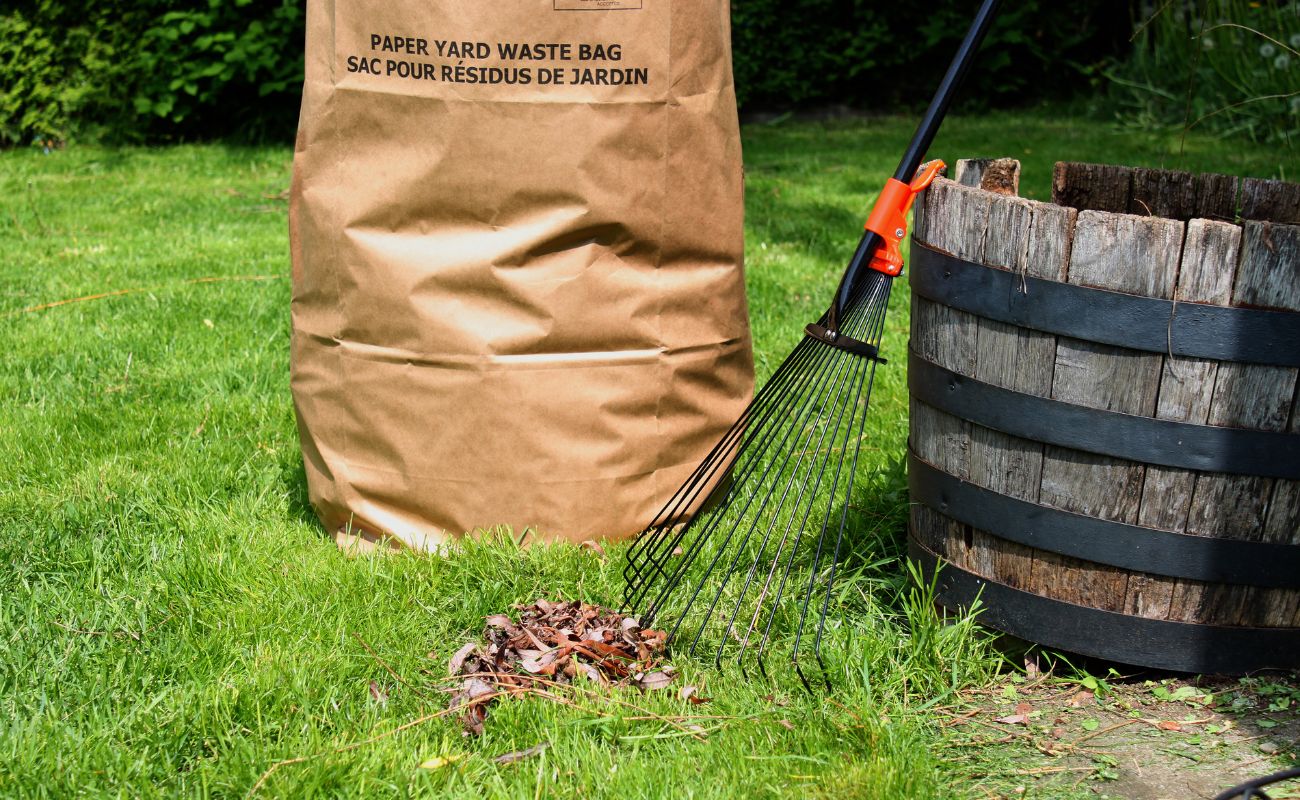
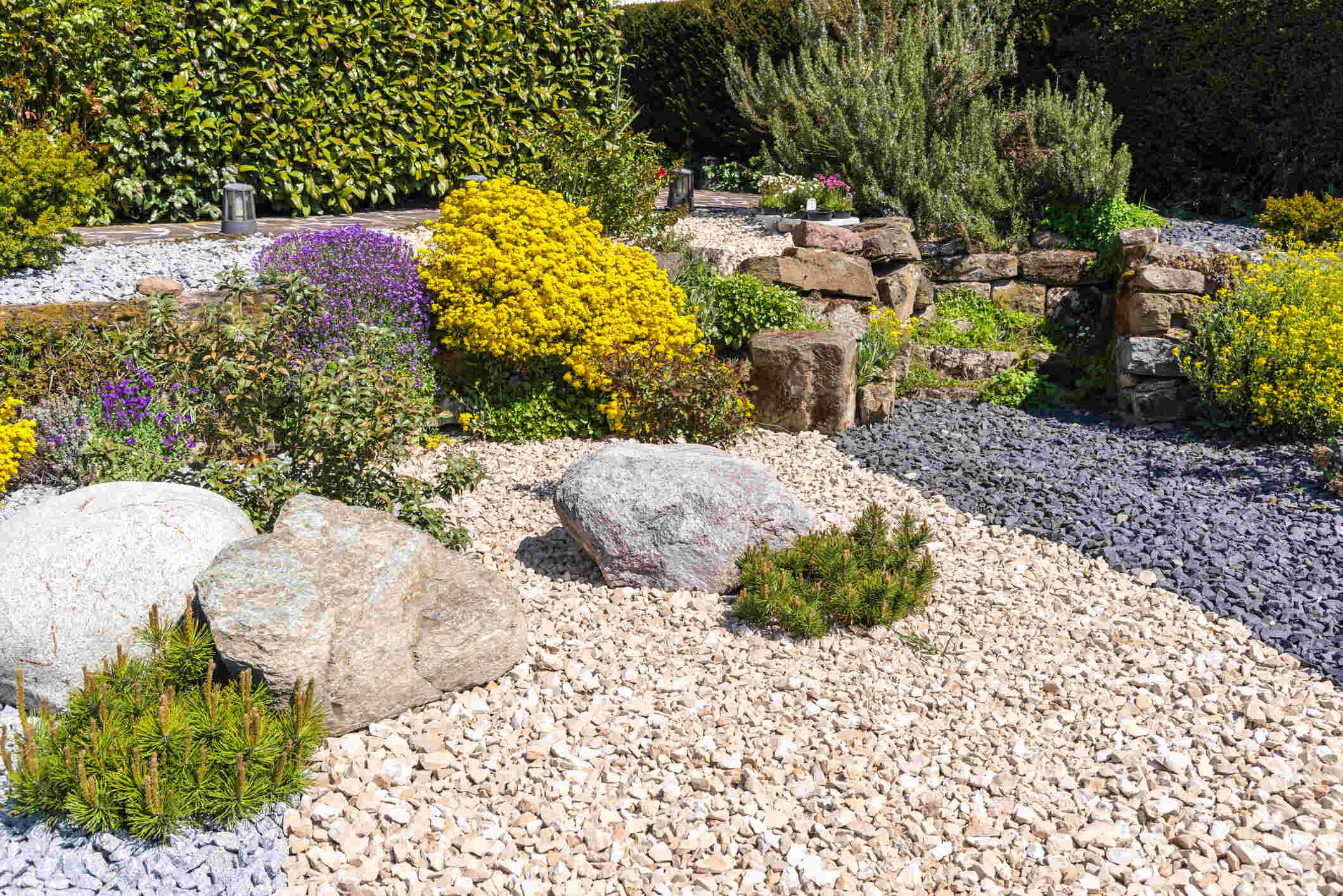


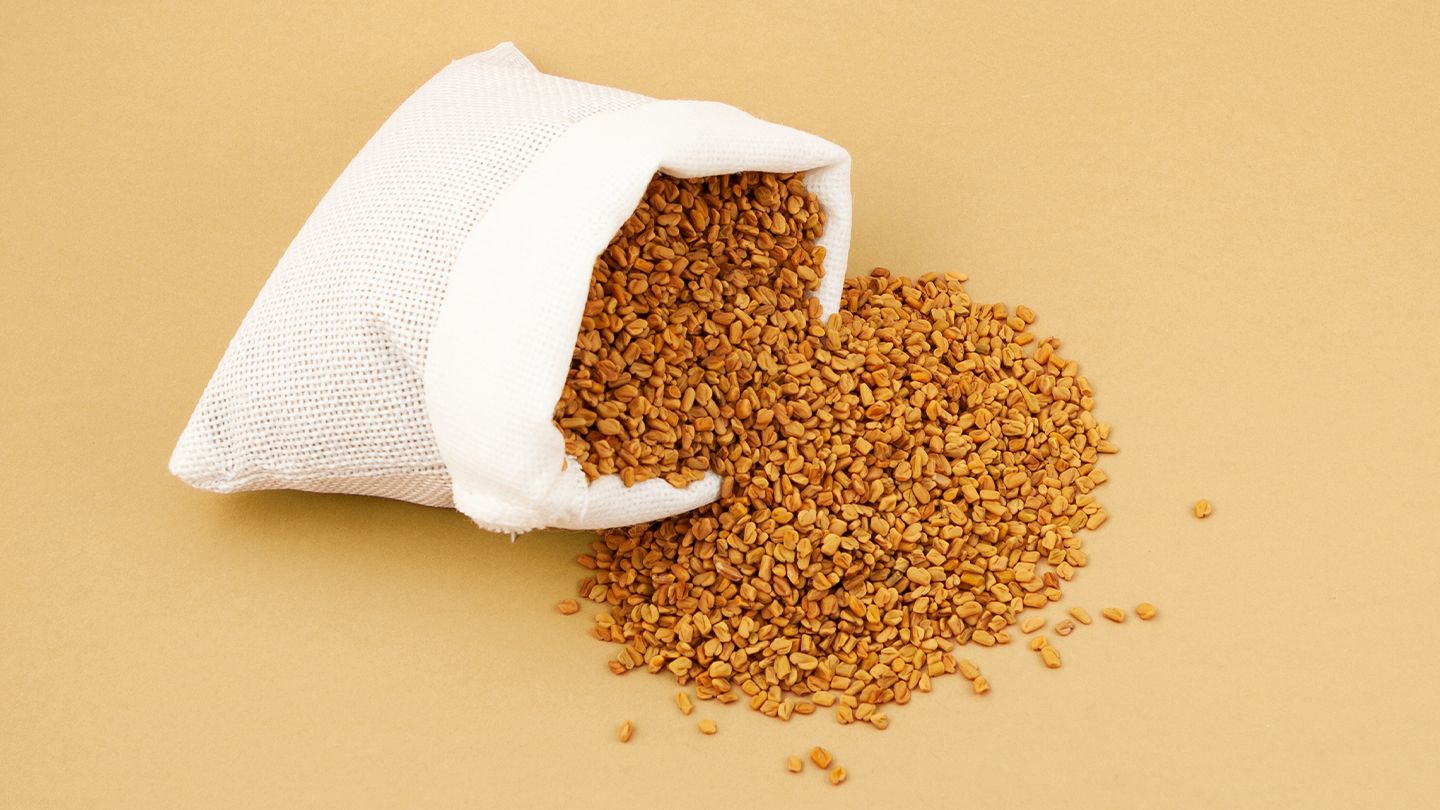
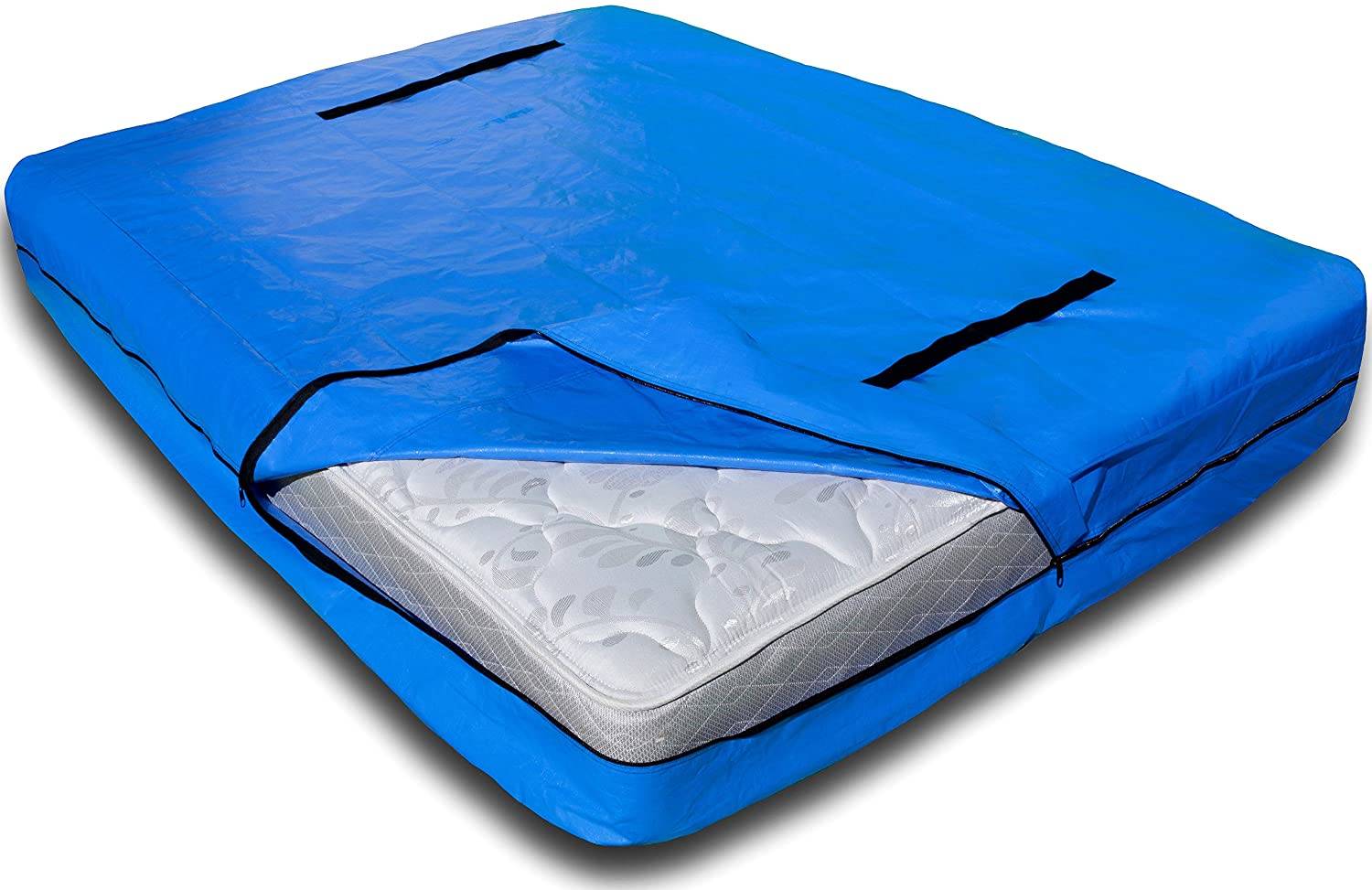


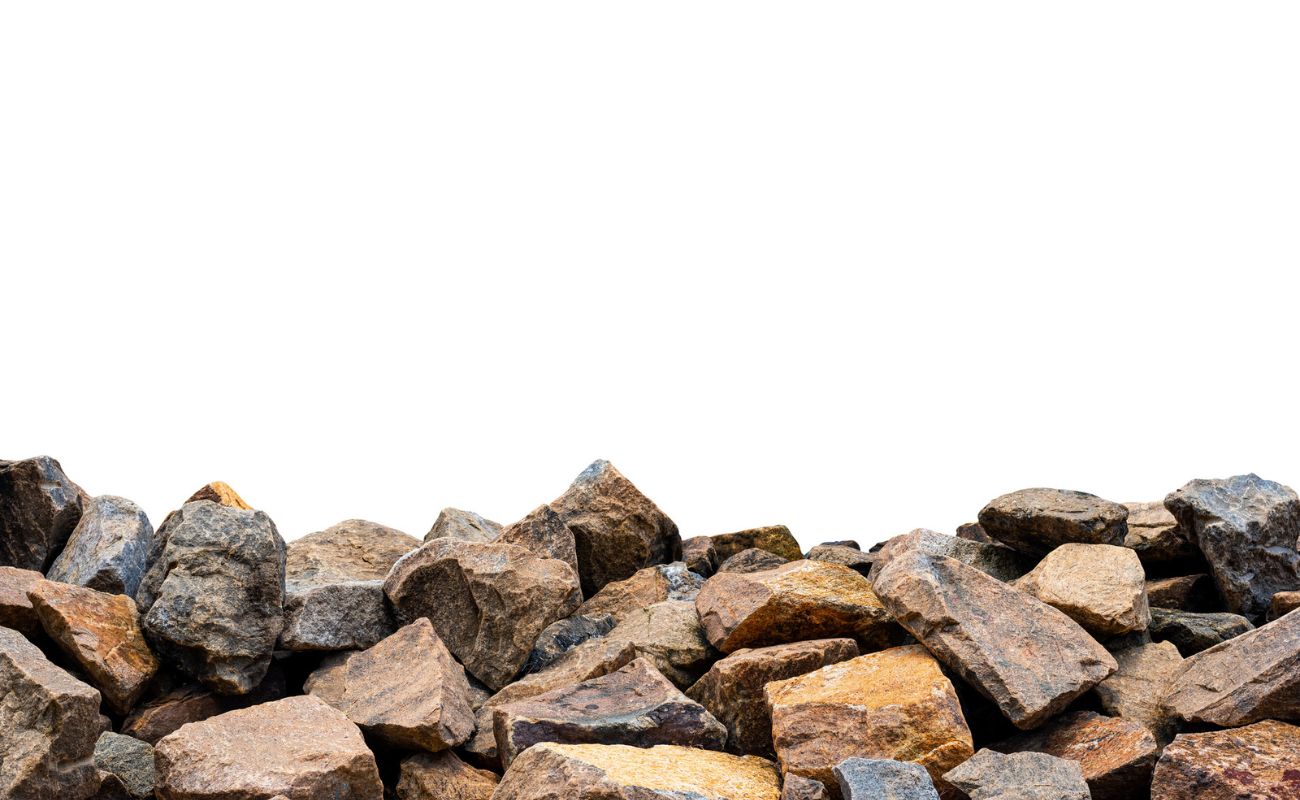
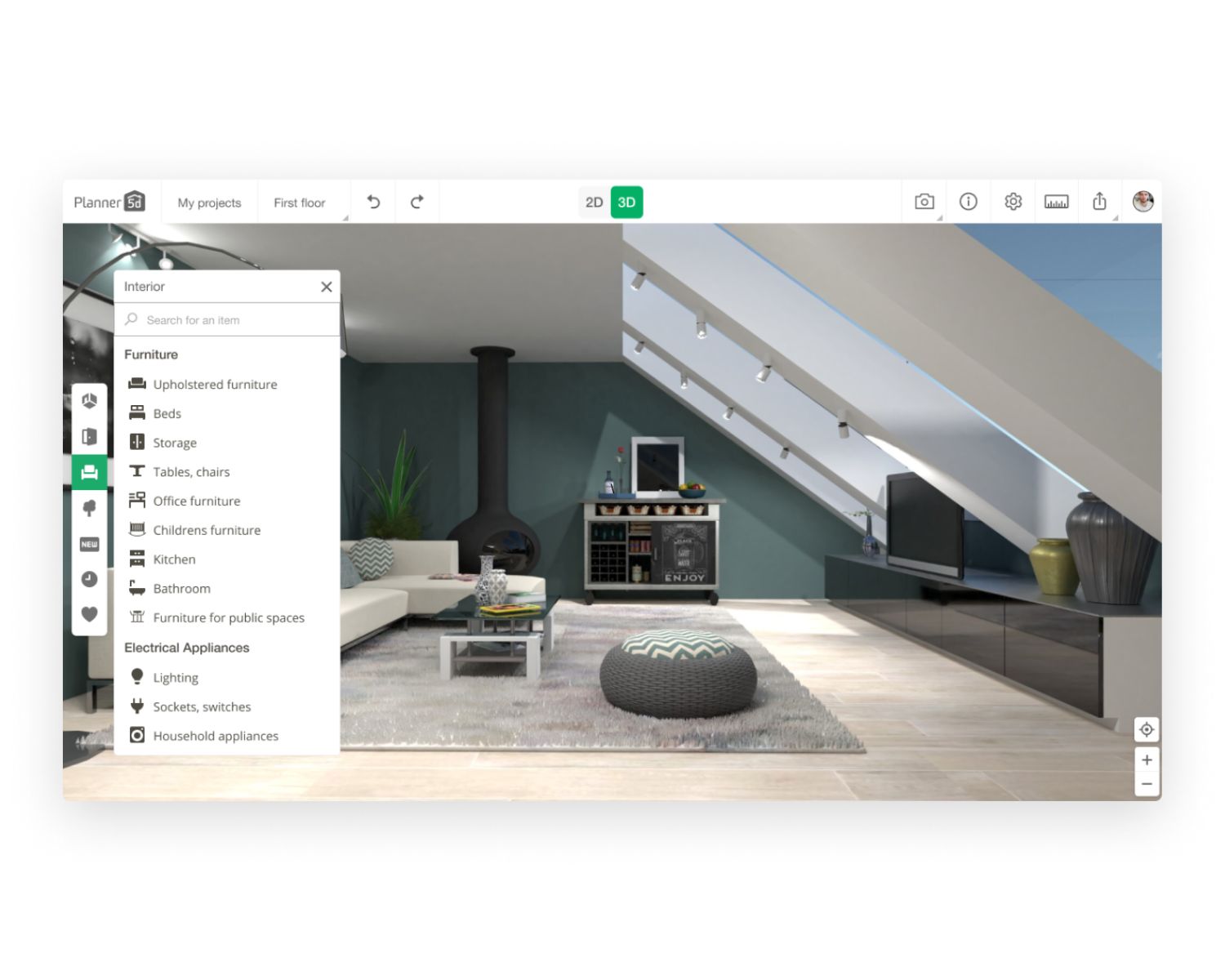
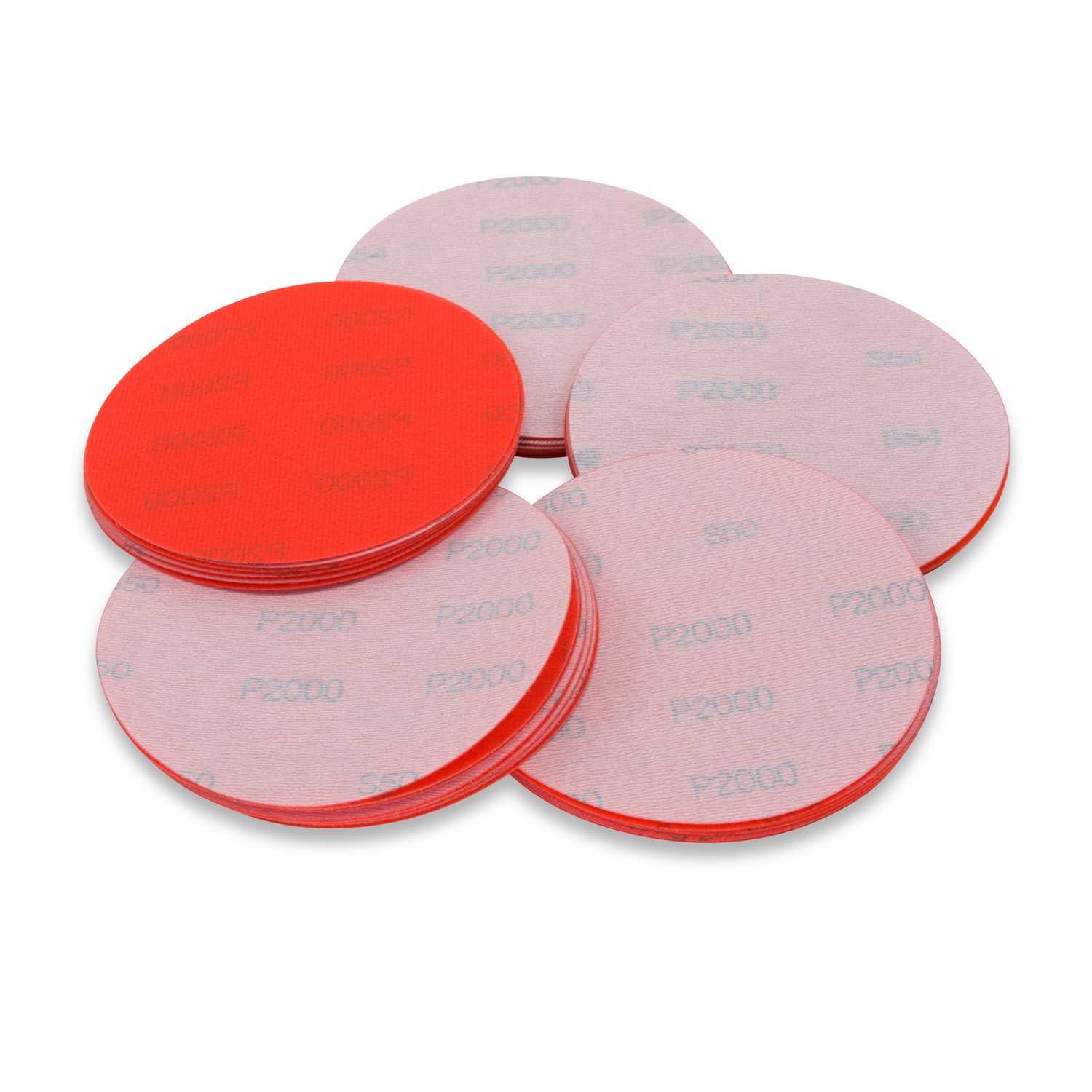
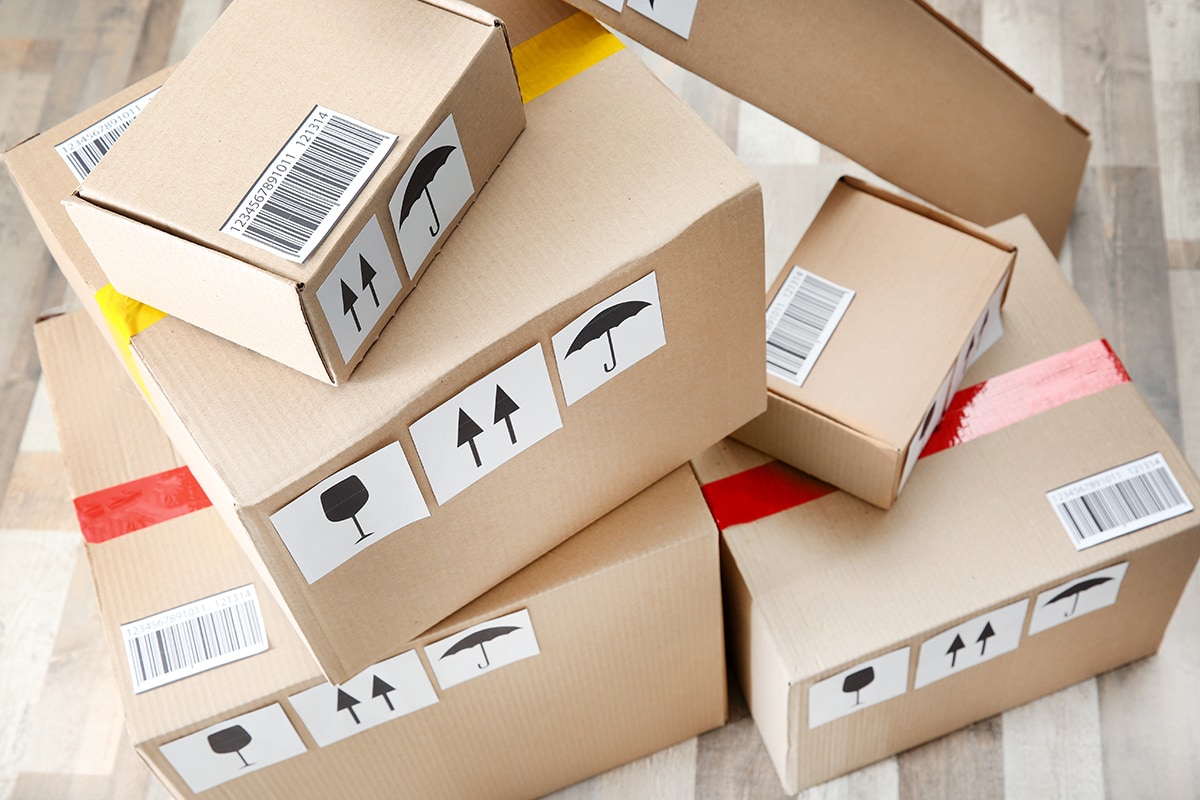

0 thoughts on “Where Can I Get Free Dirt For Landscaping”